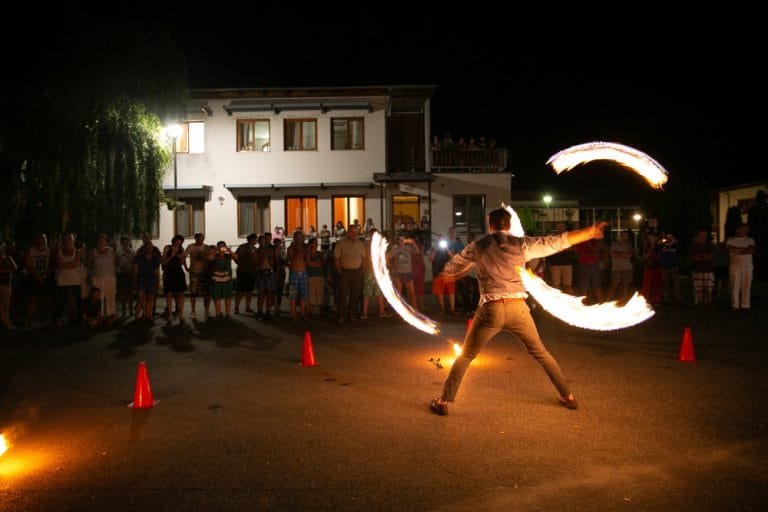Fire has fascinated humanity for centuries—not only for its beauty and warmth but also for its raw, unpredictable power. But behind the flames lies a complex world of science. To truly appreciate fire as both an element and a spectacle, we need to understand the principles of fire dynamics. In this article, we’ll explore the physical and chemical processes that govern fire behavior and reveal the science that makes fire both mesmerizing and dangerous.
What Is Fire Dynamics?
Fire dynamics refers to the study of how fires start, develop, and spread. It blends chemistry, thermodynamics, and fluid mechanics to understand the behavior of fire under various conditions. The foundational model of fire dynamics is the fire triangle, which illustrates the three critical elements needed for combustion:
- Fuel: Any combustible material—such as wood, gas, fabric, or even certain metals
- Heat: A sufficient ignition source, like a spark or open flame, to raise the fuel to its ignition temperature
- Oxygen: Typically from the surrounding air, which supports the combustion process
“Remove any one of the three elements in the fire triangle, and the fire cannot continue.”
Fire dynamics goes beyond this simple model to examine how these elements interact with each other and with the environment to produce flames, heat, smoke, and combustion by-products.
Stages of Fire Development
Understanding the lifecycle of a fire is key to both safety and performance. A typical fire progresses through several distinct stages:
- Ignition: The point at which fuel, heat, and oxygen combine to start a flame. This phase is usually localized and relatively small.
- Growth: The fire begins to spread, increasing in size and intensity as it consumes more fuel. Heat builds up and can lead to flashover—an intense and sudden ignition of all nearby combustibles.
- Fully Developed Fire: The fire reaches its peak intensity. All available fuel is actively burning, generating extreme temperatures and dense smoke.
- Decay (Extinction): The fire diminishes as fuel or oxygen is depleted or as a result of extinguishing actions like water application or suppression systems.
Understanding these stages is critical in fields such as fire safety engineering, firefighting, and even fire choreography for performers.
The Physics of Flames
One of the most captivating elements of fire is the flame itself. A flame is the visible, gaseous part of a fire that emits light and heat. Its behavior and appearance are dictated by multiple factors:
- Temperature: Hotter flames typically burn blue, while cooler flames appear yellow, orange, or red.
- Fuel type: For example, methane burns with a clean blue flame, while wood produces a sooty orange flame.
- Airflow and pressure: Flames dance, flicker, and shift depending on ventilation and environmental turbulence.
The flame’s shape and motion are also influenced by gravity and buoyancy. As hot gases rise, cooler air is drawn in at the base, feeding the fire and creating the iconic upward flame motion.
Flame Color and What It Tells Us
- Blue: Indicates a high-temperature, efficient combustion, typically seen in gas burners
- Yellow/Orange: Shows incomplete combustion, often due to solid fuels or limited oxygen
- Red: Lower temperature flames, often seen at the edge of a fire or during smoldering phases
“Flames are not just visual elements—they’re scientific indicators of what’s happening inside a fire.”
Applications of Fire Dynamics
Understanding fire dynamics has a wide range of practical applications:
- Fire Safety Design: Architects and engineers use fire behavior models to create safer buildings and infrastructure.
- Firefighting Strategy: Knowledge of fire growth and airflow dynamics helps first responders tackle fires more effectively.
- Performance Art: Fire performers and choreographers use fire physics to safely design and execute their routines.
For example, knowing how fire responds to wind or humidity can help fire dancers position themselves safely and optimize visual effects.
Fire in Controlled Environments
In fire shows, understanding the science of fire helps artists use it safely and effectively. Whether manipulating flame size or choosing the right fuel for color and intensity, performers rely on fire dynamics to enhance visual impact while minimizing risk.
- Fuel choices: Paraffin, ethanol, and white gas all burn differently—knowing how each behaves affects performance design.
- Ventilation awareness: Open-air performances handle heat differently than enclosed venues—this affects flame visibility and safety protocols.
Conclusion: Fire as Science and Spectacle
Fire dynamics is more than just theory—it’s the foundation of understanding one of nature’s most powerful forces. Whether you’re a scientist, safety engineer, or fire performer, learning how fire behaves can make your work more effective, impactful, and safe.
At Hestia Fire Dance, we embrace both the science and the spectacle of fire. Our performers are trained in safety and fire behavior, ensuring a breathtaking and controlled experience for every audience.
Book a fire performer today to experience the beauty of flame—safely and scientifically delivered.




